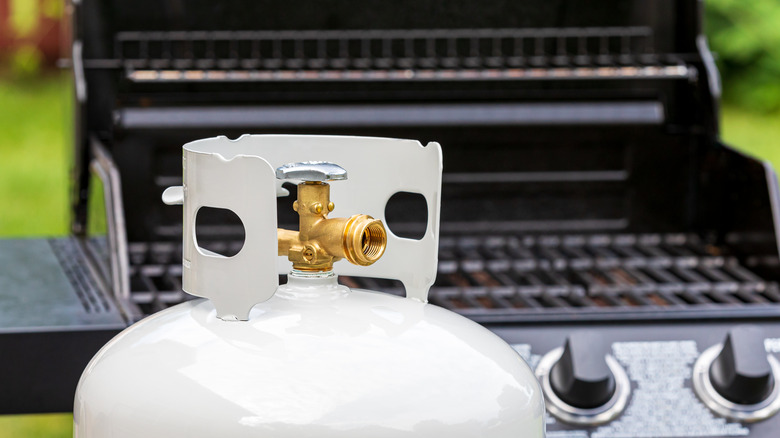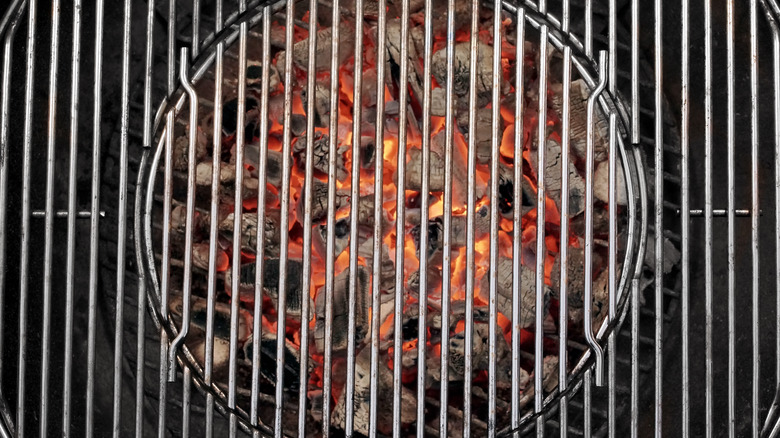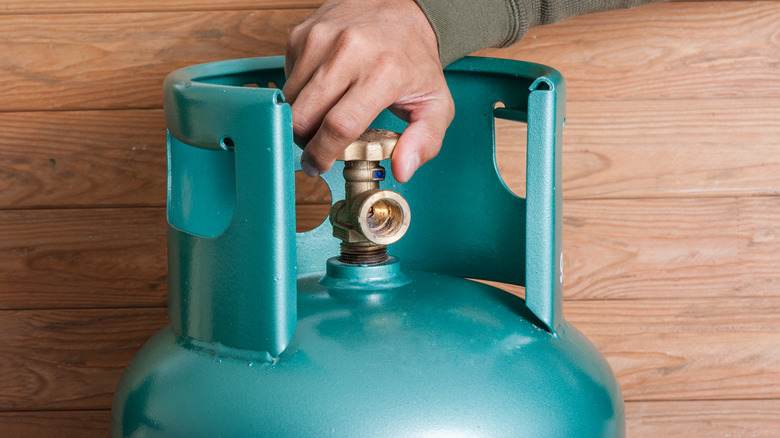What Is Burping A Propane Tank And How Can You Accomplish It?
Imagine you're about to fire up your grill for a sizzling feast. But then, your propane tank refuses to cooperate, leaving you with uncooked steaks and unhappy guests. Burping comes into play here. We're not talking about the after-effects of a hearty meal but rather the essential trick for resetting the propane regulator to ensure smooth and uninterrupted gas flow to your grill. The process entails shutting off the propane tank and grill's burners, disconnecting the hose for a while, then reconnecting everything in the correct order.
With the stage set, let's get to the heart of the matter — the propane regulator. It ensures the pressure of the gas flowing from the tank to your grill is usable and safe. Within this unsung hero lies a key component known as the bypass valve. Think of it as the guardian of your propane system. When everything is running smoothly, the bypass valve stays open, allowing gas to flow freely. However, if it detects sudden pressure changes due to drastic temperature fluctuations or if you commit the cardinal sin of turning on your burners before opening the regulator valve, the bypass valve will trip and close off the gas flow. Burping will suffice to save the day (and your barbecue plans). After all, a happy propane tank means a happy grilling adventure, something we can all raise our BBQ tongs for.
Signs your propane tank needs burping
"Burping" is the affectionate term for releasing air trapped within the propane hose, much like you would burp a baby to expel gas and prevent discomfort. But unlike a baby, a propane tank doesn't have a cute giggle to let you know it's feeling better. Instead, it rewards you with a more efficient, consistent, and safer propane system. Much like a baby, your propane system will give subtle cues that it needs burping. First up is the dreaded no-ignition scenario. This could be because the safety valve has engaged, sensing a potential overpressure situation and shutting off the gas flow.
Another sign is weak flames, a typical indicator that enough propane is not flowing to the grill. You'll notice that the flames are less aggressive, and your food takes longer to cook. Finally, we have sputtering flames, which we can liken to trying to light a candle in a windstorm. Picture the flames leaping and dancing erratically as if possessed. While that might make for an entertaining ghost story, the true culprit is likely trapped air within your propane system. Keeping and operating your propane tank in a suitable environment away from direct sunlight and temperature fluctuations can help prevent pressure fluctuations and reduce the constant need for resetting your regulator. Another tip is to always switch off those burners before shutting the valve on your propane tank. The reverse holds when firing up your system again.
How to burp your propane tank
When it comes to propane, playing it safe is critical. This highly combustible gas doesn't mess around, and neither should you. Start by donning some gloves — you will avoid unsightly scrapes from the grill's sharp edges and look like a total boss. Double bonus! Also, ensure all the burner knobs on your BBQ are in the off position. Popping open the grill hood helps release any pent-up gas. Remember, you're trying to reset a propane tank, not recreate a fiery Hollywood explosion. So always carry out this operation in a well-ventilated space, ideally outdoors and far from open flames or sparks. To stop gas from escaping while you work your magic, turn off the propane tank valve with a clockwise twist.
Safety guaranteed, separate the propane tank from its attached appliance. Grab some pliers or a suitable wrench to loosen the nut holding the hose in place. You might hear a "hissing" noise. No need to panic — that's just the residual gas being released. Hold your horses for about 30 seconds before igniting the grill to allow the regulator to reset itself. Soon after, reattach the hose and ensure it's secure and tight. Now, for the big reveal. Crank up the tank valve, then the burner supply knobs and witness the flames regain their former glory. This far, you should be ready and well-equipped to grill to your heart's delight. If burping doesn't do the trick, inspect for propane leaks or regulator mishaps.


